When creating a wine program or a wine list, what should a bar or restaurant consider? Where should owners and operators start? Bar & Restaurant News spoke with numerous industry leaders to get their insights and advice about selecting wine that complements a venue’s cuisine, and where to begin.
“Crafting a successful wine program requires careful planning, continuous education, and a commitment to meeting customer preferences,” shared Maestro Pizzaiolo Fabrizio Cercatore, the owner and founder at Passione Brands hospitality group in Berkeley, Calif. “By focusing on creating an appealing and diverse wine menu, avoiding common pitfalls, and embracing emerging trends, you can enhance your restaurant or bar's reputation, profitability, and customer satisfaction.”
Cercatore suggested that restaurant and bar operators/owners remember to stay creative and adapt to new opportunities as they evaluate all the components of a wine program or wine list – especially as innovative approaches can set an establishment apart from the competition. “Cheers to a thriving wine program and a prosperous dining experience,” he said.
How to Create the Perfect Wine Program, Menu, or List at Your Establishment
Sofia Flannery, beverage director and sommelier at Vinyl Steakhouse in N.Y.C., said the first thing that bar and restaurant owners/operators need to do is to fully understand their brand before developing any kind of wine offering. From there, they’ll determine the types of wine to look for, how many wines they want on the list, how big of a variety and price point they’ll offer, and how “geeky” they want to get.
At Vinyl Steakhouse, they chose to focus on wines from France, Italy, and the Americas because they knew they couldn't adequately cover the whole world of wine sufficiently and, having steak as their centerpiece, they wanted wines that would really impress with a great prime cut of beef.
Flannery said that, overall, there really isn’t a right or wrong to creating a wine menu, as a wine list is so personal. “I favor a smaller, more approachable wine list,” she said. “Sometimes a behemoth wine list can intimidate the average consumer. On the other hand, some people like options. The main thing is you are happy with the wine list you created.”

Boston-based Mivan Spencer, co-owner of Pazza on Porter and Next Door Speakeasy & Raw Bar, said that when creating a wine menu, their process begins with speaking with customers to see what they want.
“What are they looking for? Do they want something new? Something local? Maybe something from a smaller winery, single vineyard, biodynamic, or sometimes they just want that big name brand, it's familiarity,” said Spencer. “Other things to take into consideration is what I want to offer by the glass and by the bottle. Do I have too many wines on the menu? Not enough? I never want too many wines by the glass, it always tends to go to waste. Another thing we like to do is pull a report from the last time we changed the wine list to see what is selling and what isn't selling to help us determine what should and shouldn't come off the menu.”
Chef Bin Lu of Blue Rock, located in Washington, Va., explained that when they began developing their wine list, they started by thinking about the sort of guest that would frequent their establishment, the sort of guest that might enjoy their wine program, and where the restaurant's priorities were, in terms of what it needed to get out of the program.
“We knew that we would generally get a slightly older crowd that was likely coming to spend some money and probably for celebratory dinners, and we wanted the sort of clientele that appreciated quality in wine but was also open minded and adventurous,” revealed Lu. "As a business, we felt it was important to be able to welcome and serve all guests; the last thing we wanted was to be stand-offish about our wine selections or the preferences that our guests might have.”
At Blue Rock, Chef Lu and his team ensured that no matter the number of wine selections they offered, they were able to cover a range of styles and price ranges. “We may not have had a lot of Gamay to start, for instance, but if you could tell us about your mood and what you were looking to drink, we were confident that we could find something that suited you.”
In terms of pricing, Blue Rock began with a heavy focus on bottles that they could sell for less than $100. “It's nice to have expensive and rare wines, but we were realistic that most people aren't looking to spend more on a bottle of wine than their dinner,” said Lu. “Even now, at over 350 selections, the majority of our bottle list still sells for less than $200, and around half is less than $100. And with that, we're confident that most of our inventory moves or is something we can easily move, rather than bottles we're stuck staring at.”
Lu said Blue Rock considers it “generally healthy” to have a wine inventory that moves overall, rather than just have a small portion of the inventory move frequently and the rest stay static. “Over time, we've been able to gradually grow our cellar and, at the same time, build a clientele that trusts us, and make an impression on the aficionados that come in as well,” he said. “We started with a balanced approach and have continued with it, and this has given us the ability to build breadth, depth, along with a solid enough foundation that we can branch out into esoteric lines when we want without steering the overall program too far off course.”
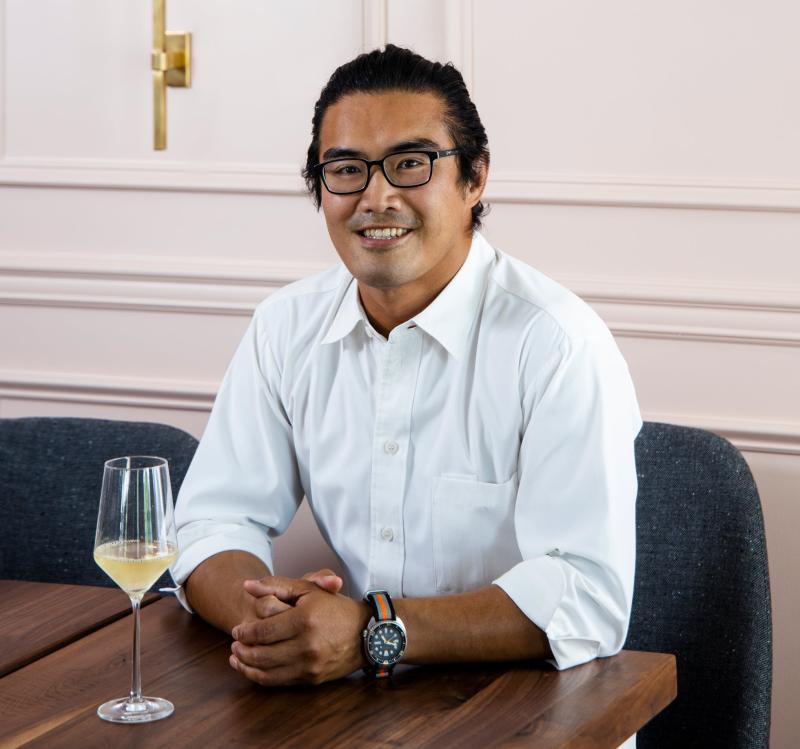
When Creating a Wine List, Understand the Local Market and the Restaurant’s Customers
Jason Lapin, president of Blau + Associates, the hospitality group behind the refined steakhouse Crown Block in Dallas, said their wine list is always curated with the guest in mind. Crown Block is the city's latest powerhouse restaurant at the top of the iconic Reunion Tower, and it earned more than 10,000 reservations before it even opened its doors. The venue has a meticulously chosen wine list and a whole wine wall as a decorative element.
“An integral part of the process [of creating the wine list] was to really understand the Dallas market and what they like to drink,” said Lapin. “Our restaurant team is all local and had great insight into the local demographic. The program is concise but offers an approachable selection of different varietals, geographic diversity, and price points. We put a lot of time into the wines by the glass program, we have an extensive cocktail program and knew there would be a lot of groups where only one or two people would have wine. We wanted to make sure they had interesting choices. Crown Block is also seen as a celebration destination, and so we wanted to incorporate a wide array of Champagnes and large format bottles for larger group gatherings and special occasions.”
Lapin pointed out that the biggest "don't" for Crown Block was to avoid making the wine list so long that it became overwhelming to their diners. “We designed a focused list of under 200 selections and trained our servers extensively on each selection,” he said. “We left some room to grow the program over time. As we get to know our guests, especially regulars, we will add to the list based on their preferences.”
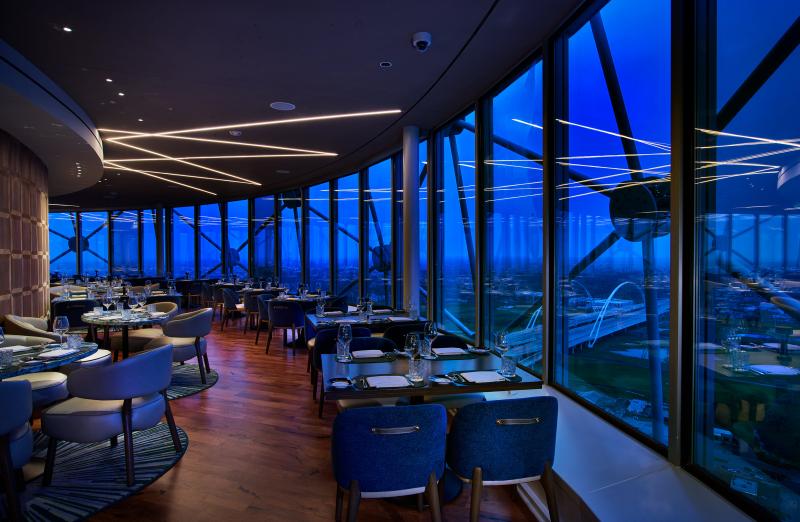
Create a Wine List That’s Easy to Navigate; Think Small and Don’t Get too ‘Geeky’
Dustin Wilson, master sommelier and founding partner of N.Y.C.-based Apres Cru Hospitality, pointed out that most guests are looking for a wine list that is easy to navigate, and they want to be comforted by seeing wineries/grapes/regions that they recognize, with a good balance of price points.
Apres Cru Hospitality oversees many restaurants, including Marc Forgione's One Fifth, Peasant, and namesake Marc Forgione, and Wilson is also a co-founder of Verve Wine, the online-focused wine retail business.
“Make the wine list easy to read and navigate for the guest without them needing a wine certification to understand it," Wilson said. "Have wines at accessible prices. Train your team to lead with hospitality and graciousness. Wine is hard enough on its own, and many people are already intimidated by it. Allowing guests to feel relieved and confident in a selection goes a really long way.”
TJ Provenzano, the beverage director and co-owner of N.Y.C.-based Rosella – one of Michelin’s new Plate restaurants of 2021 and Esquire's best new restaurants in America in 2021 – advised restaurant and bar owners and operators to think small. “I think the easiest way to level-up a wine menu is to focus on some producers who work in small batches,” he said. “It's an easy way to find quality, well-made wines. In my experience, guests love to ‘discover’ wines with you. They will always remember who introduced them to something that they love. Wines produced from smaller houses often will have a story to tell, and it's equally exciting for guests and staff to think about wines in context. How and where they were grown, the story of the winemaker's journey, etc. There’s more of a story to tell with smaller productions.”
Kevin Flannery, owner and operator at Vinyl Steakhouse, said they try to avoid building a wine list that’s too “geeky.” Instead, they focus on finding wines with known varietals that are not known brands by their guests. “I prefer to get ‘geeky’ in that way, by finding hidden gems for our guests but with varietals they can get excited about and be somewhat acquainted with,” he said. “I have great respect for obscure varietals from around the world, but as a high-profile steakhouse, we want to be able to speak the same language as our guests on wine.”
How a Restaurant or Bar Organizes and Writes Its Wine List Can Make a Big Difference
Giacomo Pizzigoni, co-owner of San Diego-based Ambrogio15 Restaurant Group – which includes Ambrogio15 and Ambrogio by Acquerello – shared that the way they created their wine list made a big difference with customers.
“We decided to implement a new style, dividing it into sections not based on the general grape/region rule, but more on the style and profile of the wines, with some fun names given to each category – such as ‘orange and rare’ or ‘big bad reds,’" Pizzigoni explained. "Given the complexity of the wine world, this was extremely helpful for both the staff and the guests to better understand what they really like and to avoid purchasing a product that did not meet their preference, which resulted in a very limited number of bottles returned, helping our profitability.”
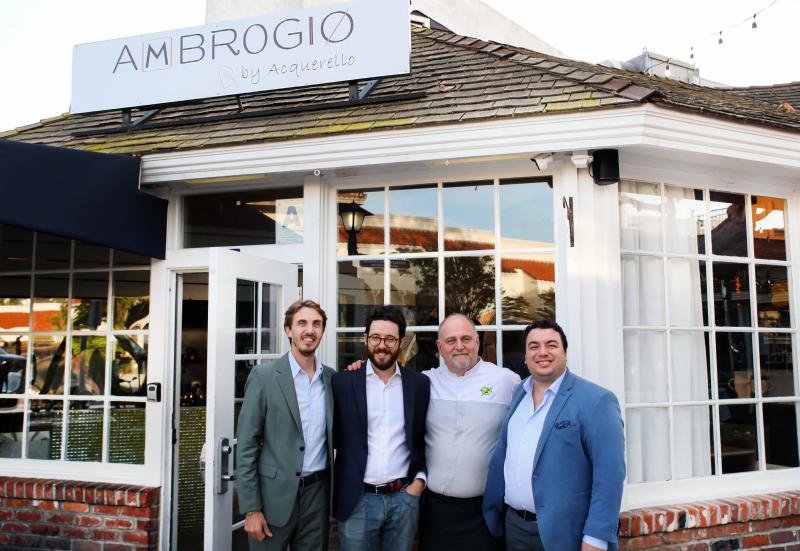
As a result of the Ambrogio15 Restaurant Group’s approach to wine, they were awarded “Best Contemporary Wine List in San Diego” by the prestigious Gambero Rosso guide in 2021. “We felt we really achieved something special because we did it our own way, without following marketing rules or industry standards, and that’s why it mattered even more,” said Pizzigoni.
JW Ray, owner and winemaker at the award-winning JOLO Winery, Vineyards and Restaurant in Pilot Mountain, N.C., advised venues to provide written descriptions of their top wines, the wines they really want customers to know about, or the wines in which the venue went the "extra mile" to source and make available. “Provide them the knowledge they are thirsting for,” he said.

When Creating a Wine List at a Restaurant, the Cuisine Needs to Be a Major Consideration
Craig Biggins, sommelier and general manager at OAK at Fourteenth in Boulder, Colo., said that when curating a wine menu, owners/operators need to make sure the flavor profile fits the cuisine of the restaurant. “Even if you are not matching the country of origin of your food, at least make sure it is a great match with the flavors of your food,” he noted.
Provenzano, of Rosella, shared that at his concepts, the entire beverage menu is created with the food in mind. “We only select wines that on a seasonal basis will work well with what we are serving,” he said. “We tend to use a lot of fatty fish in the restaurant, so typically wines with a good backbone of acidity are ideal for some contrast. In our restaurants, we look to provide a complete experience where the beverage menu and the food menu are working in tandem to elevate each other.”
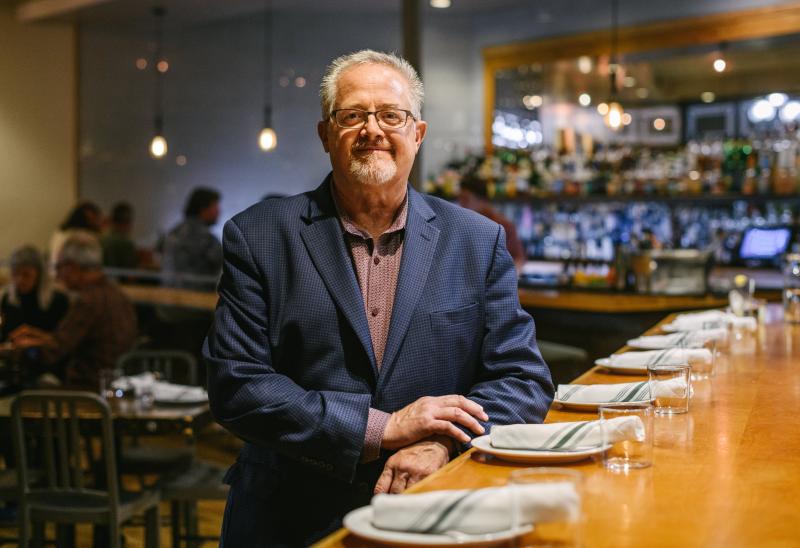
Levi Banks, brand ambassador for JOLO Winery and Vineyards, said the restaurant at JOLO is very diverse, ranging from Cuban bistec milaanesa to frutti de mare. “Having such a wide range of variety on the menu helps give the guest a selection when pairing food and wine,” he said. “When it comes to creating a food and wine menu, you want things that complement each other. For example, goat cheese Provencal and a French rose paired together is like a match made in heaven, from the beautiful acidity in the Provencal to the acidity in the wine, or the crumbly bitterness of the goat cheese paired with the tart finish of the rose.
"There are many other wine pairings in the world. Generally speaking, sparkling pairs very well with a lot of food, but mainly seafood, savory cheeses, cured meats, fruits, and salty and fried food. Stainless steel-aged white wines typically pair with light meats with fresh sauces, while oak-aged whites pair with light-smoked meats with cream-based sauces. Red wines pair with red meats, cheese, and chocolate. Of course, this is a very simplified version because wine pairings can be extremely extensive.”
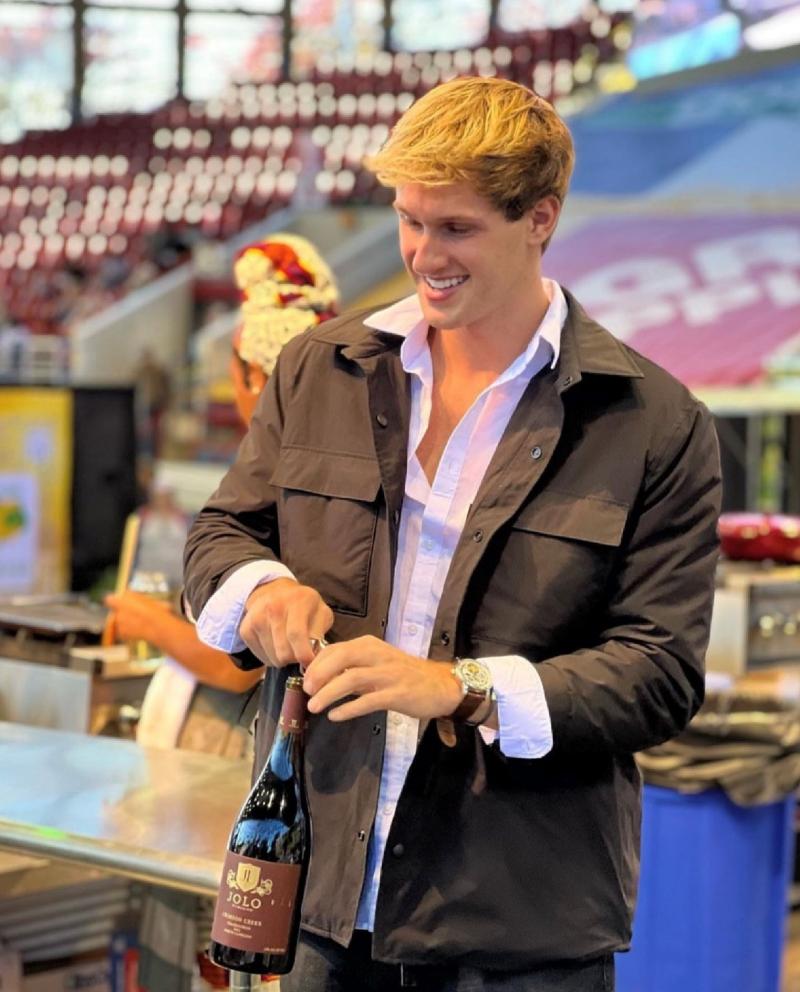
Cody Pruitt, the owner of the newly opened and buzzy French bistro in N.Y.C.'s West Village, Libertine, said he always looks at the brand and the cuisine first when creating a wine menu. “It doesn't make a lot of sense to have a bunch of heavy, full-bodied cabernets if you're a sushi spot,” he said. “While my restaurant, Libertine, is fully French in cuisine and in wine, if a concept is looser in terms of its inspirations and origins, it's then best to source from a variety of regions, covering styles and flavor profiles that are complementary with the food.”

Big Picture: Make Wine More Approachable to Your Customer Base
Dale Ott, a bar and restaurant industry veteran and sommelier – who co-founded Nossa Imports, a Tucson, Ariz.-based importer of exquisite wines from Mexico and Portugal – said that in the end, bar and restaurant owners and operators need to have fun with their wine program or wine list.
“Yes, wine is an incredible miracle that happens between human and earth that demands respect, but let’s also not forget that wine’s purpose is to both nourish and escape ourselves,” Ott said. “Hosting events, educations, working together with producers for more public outreach in as many ways as is possible, [and] joining forces with other programs to create even deeper wine communities in your municipality [is key]. The world of wine does not have to be put on a pedestal and, quite honestly, should make itself far more approachable to its consumer base, so we can ensure generations to come are able to enjoy the same incredible plethora offered by the global wine landscape that we are lucky enough to have access to today.”
Aaron Kiel is an editor, writer and public relations professional in Raleigh, N.C. He’s worked in the beverage, tea and coffee industries for two decades, as well as hospitality and technology. He’s a journalist at heart, but he also wears a PR and communications hat through his consultancy, ak PR Group. He’s a contributing writer/reporter for Questex’s Bar & Restaurant News, and he recently worked as the editor of World Tea News with Questex’s Bar & Restaurant Group. In 2023, he was a finalist and honorable mention in the “Folio: Eddie & Ozzie Awards” for Range of Work by a Single Author – B2B.” Connect with him on Instagram: @adventurer_explorer.
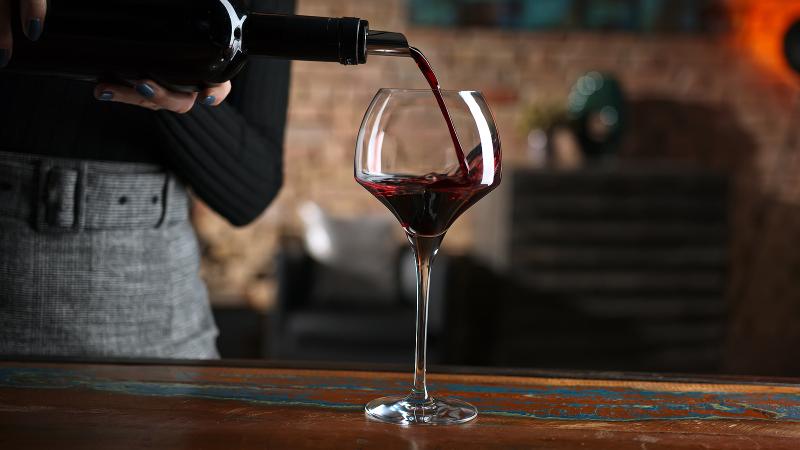
Are you registered for our Crave and Crave on the Menu newsletters? Sign up today!
Plan to Attend or Participate in the 2024 Bar & Restaurant Expo, March 18-20, 2024
To learn about the latest trends, issues and hot topics, and to experience and taste the best products within the bar, restaurant and hospitality industry, plan to attend or participate in the annual Bar & Restaurant Expo. Visit BarandRestaurantExpo.com for details.
To book your sponsorship or exhibit space at the next Bar & Restaurant Expo, contact:
Veronica Gonnello (for companies A to G)
e: [email protected]
p: 212-895-8244
Tim Schultz (for companies H to Q)
e: [email protected]
p: 917-258-8589
Fadi Alsayegh (for companies R to Z)
e: [email protected]
p: 917-258-5174
Also, be sure to follow Bar & Restaurant on Facebook and Instagram for all the latest industry news and trends.
